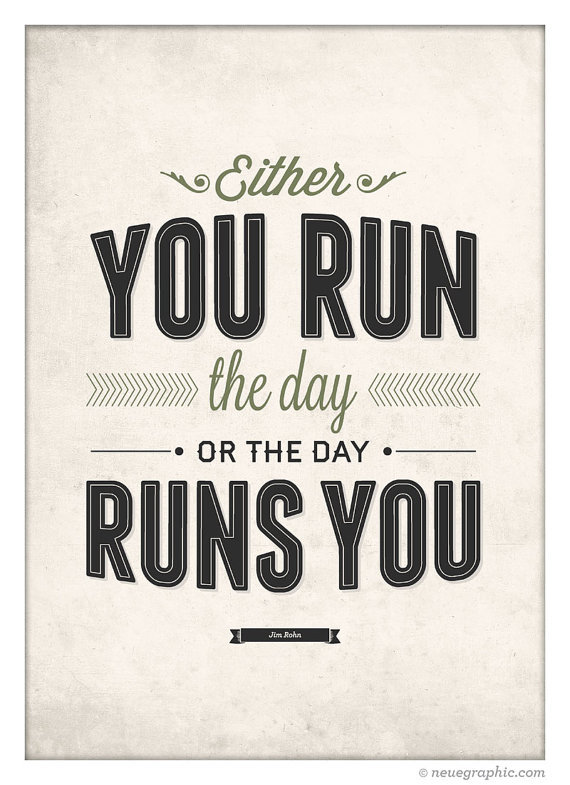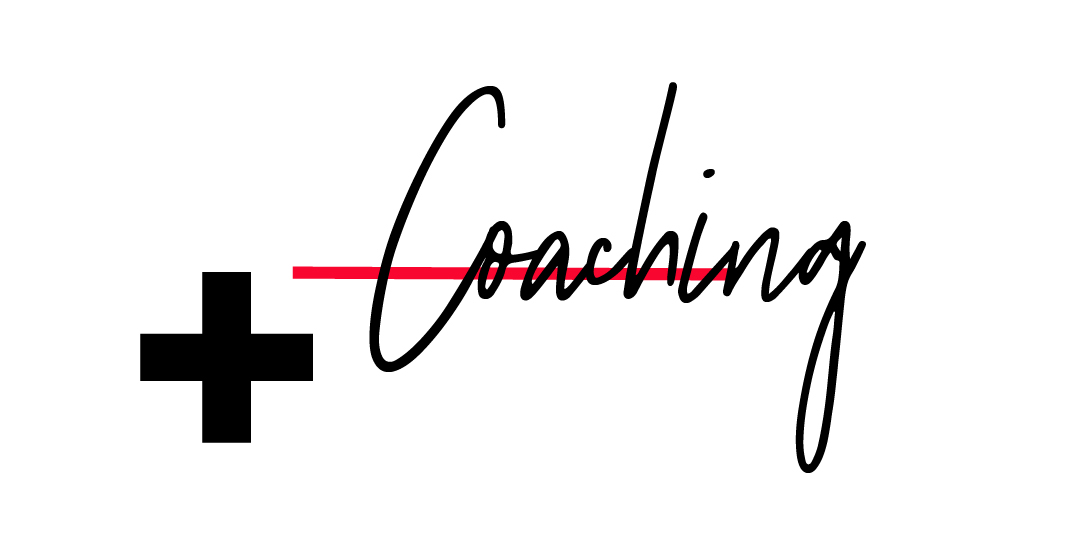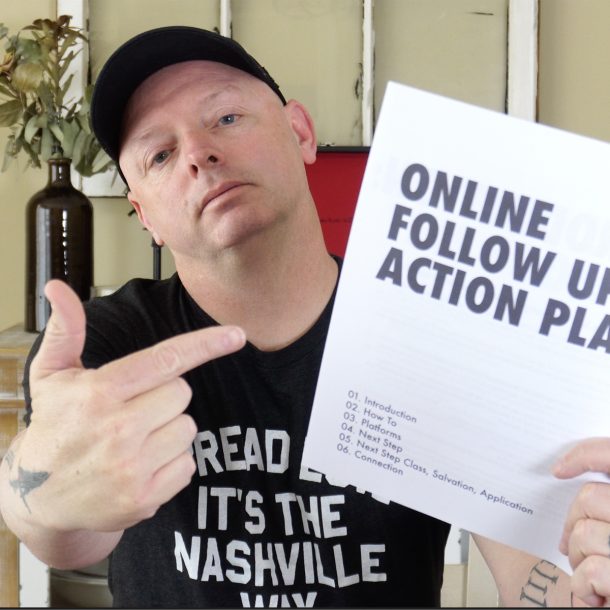Everyone needs motivation. The funny thing about motivation is it snowballs, creates confidence, and has the ability to propel us towards great work. Motivation unleashes pent up desire and potential to be our creative best. It opens the lens for us to thrive and dream, to try and fail, and to feel safe through the creative process – a necessity in an ever changing, cluttered market, most of all.
No one ever intentionally sets out to destroy morale or confidence. No one wants to hinder growth or development. But since it happens, we have to make sure we’re positioning ourselves and our teams in a place where motivation gives us our greatest advantage.
Motivation is contagious. It can spread among our teams, then departments, and then organizations. Motivation can become a part of our culture just as fast as complaining. So pay attention. People are going to talk about what’s happening in their lives. If we’re building environments and cultures that they enjoy and want to talk about, we’re giving them positive – rather than negative – fuel.
So how do we create motivation?
- Make compliments sound as loud as complaints. Creative people hear compliments at the volume of whispers and criticism like it’s being broadcast over loud speakers. It’s this exact equation that makes creativity great, but it’s far from healthy. When we compliment our teams and team members, do it with volume.
- Reinforce new ideas. Though they may seem aloof, ideas are created with time, effort, and energy. It takes an amazing amount of courage to share them, especially ones that matter. When we reinforce ideas, even if we can’t use them in the moment, we provide a safe place for ideas to live and prove we value the person behind them. When we do say no, we have to be sure we clearly explain why. Be intentional with comments. Be careful that, even in pace, we don’t dismiss ideas flippantly. There will be a time when you have to solicit ideas but, when we don’t create safe places for ideas, there will be nothing in the tank and no one will feel safe enough to share a new idea.
- Reward community. Creativity is better in community. Healthy and talented teams create off of each other’s strengths. When we reward community, we build a culture where people want to work and build together.
- Develop trust. Protect and fight for our teams. Clearly articulate expectations and goals. Put emphasis on clear communication. Do what you say you’ll do. These little steps build a foundation of trust – a necessity to change our world.
- Provide context for creativity. What is our goal? Why are we doing this? What is our path from here to there? Create clarity. As leaders, we think long term – or we should. At the same time, our teams are often working on “today” and may not see the full scope of projects or decisions. Help bridge that gap with context. When we do, we avoid missed expectations that too often create riffs between leaders and teams.
- Celebrate risk. Calculated risk is one of the most powerful weapons to defeat status quo, momentum killers, and stagnation. Improvements happen and momentum soars when we capitalize on successful risk. Unfortunately, no matter how good the plan, intention, hope, and prayer, we will sometimes miss. By celebrating the risk as much as the result, it encourages our teams to take the chances needed to grow as leaders. Failure is as important as success because it means we’re working towards making things better.
- Invest in people and products. Put time and energy behind people. When we invest in our people, we reinforce our greatest commodity. People always matter. It takes time and effort. It takes intentionality and will pull us away from projects. But when our people feel they’ve been invested in, they’re motivated to do things we could never dream or imagine. One of the easiest ways to invest in people is to make sure they have the tools they need. The best carpenter in the world can’t build without tools.
- Never make them solicit. Be a proactive leader. Look for chances to champion, encourage, coach, and praise teams. Creative people will – at times – solicit our response and when they do, no matter how heartfelt our answer, it will have no value. Beat them to the punch. When we do, we raise the motivation meter off the charts.
- Don’t settle for less than the best, ever. Part of motivating teams is excellence. When we build a culture where high quality work is expected, it raises the bar. When teams are proud of their products, it’s easy to motivate them to achieve their best. This isn’t always comfortable. The temptation to drift is intoxicating. However, when we hold the bar and refuse to allow people to skate under it, we teach the value of excellence…and that is motivating.
What are some of the best ways you’ve found to motivate your teams?




